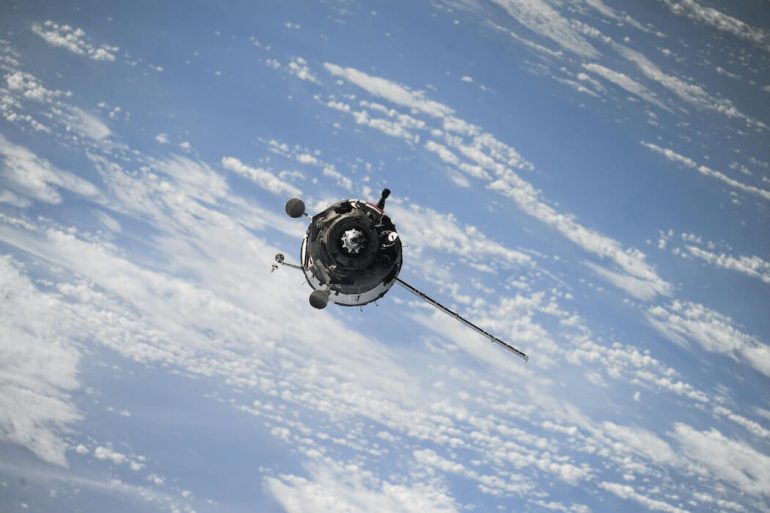Montréal-based global emissions monitoring company GHGSat has closed its Series C1 funding of $59.9 million CAD ($44 million USD) consisting of equity and debt.
Equity participants in the funding round included Fonds de solidarité FTQ, BDC Capital, the investment arm of the Business Development Bank of Canada (BDC), the Government of Québec through Investissement Québec, Climate Investment, and the Japan Energy Fund. BofA Securities acted as sole placement agent on the equity portion of the Series C1 funding round.
By June 2016, GHGSat revealed what it called the world’s first satellite capable of measuring greenhouse-gas emissions.
The Bank of Montreal (BMO) provided debt facilities to GHGSat.
By press time, GHGSat did not disclose the closing date, the investment’s ratio of equity to debt, or why it chose to structure the raise that way.
This new funding will enable the company to accelerate its go-to-market strategy, develop new integrated solutions, and deploy more satellite and airborne measurement capacity, according to GHGSat.
The satellite startup said it has grown rapidly since its last funding round two years ago, and has achieved key milestones in the development of next-generation measurement and artificial intelligence (AI) technologies.
GHGSat has satellite services agreements in place for hosted payloads on three new satellites scheduled to launch before the end of 2023. A hosted payload is a device that is attached to a commercial satellite that contains independently operated communications technology..Another four new satellites are scheduled for launch in 2024.
One hosted payload in each of the 2023 and 2024 deployments will be dedicated to monitoring carbon dioxide. The company launched its first satellite in 2016 and now has nine satellites in orbit. GHGSat says its measurements have been rigorously validated by third-party commercial and scientific organizations.
Over the same period, GHGSat claims to have enabled mitigation of 5.6 million tons of carbon dioxide equivalent emissions from industrial facilities around the world, which is equivalent to over 1.2 million gasoline-powered passenger vehicles driven for one year.
RELATED: Kepler Communications raises $122.7 million CAD to to launch more high-speed satellites
This milestone underscores GHGSat’s leading position in greenhouse-gas emissions intelligence and demonstrates strong investor confidence in GHGSat, claims the startup.. GHGSat enjoys longstanding support from existing investors who have reinvested in this Series C1 round, expanding the foundation for future growth and innovation.
“This new investment will enable GHGSat to further accelerate growth,” said Stephane Germain, GHGSat CEO. “Over the last two years, we have proven that we can successfully scale and commercialize GHGSat’s world-class services while enabling real emissions mitigations.”
Launched in 2011 by Germain, GHGSat’s mission is to become the “global reference” for remote sensing of greenhouse gas emissions from industrial sites using satellite technology. The satellites use spectrometer imaging to obtain high-resolution images of methane emissions.
By June 2016, the company revealed what it called the world’s first satellite capable of measuring greenhouse-gas emissions from any industrial facility.
GHGSat received a $20-million CAD investment from Sustainable Development Technology Canada (SDTC) in 2021, making it the third time the government has committed capital to the company.
The announcement followed a federal government partnership with GHGSat, announced at the COP26 climate summit, where the entities pledged to contribute the first high-resolution dataset to the International Methane Emissions Observatory, a global independent hub for collecting and verifying methane emissions data.
In September 2020, GHGSat raised $39.5 million CAD in what the startup called the first tranche of its Series B financing. The startup also received $3.3 million from Sustainable Development Technology Canada (SDTC) in August 2019, when GHGSat said the funding was allocated towards a project that measures emissions of oil and gas facilities in British Columbia’s Montney region.


